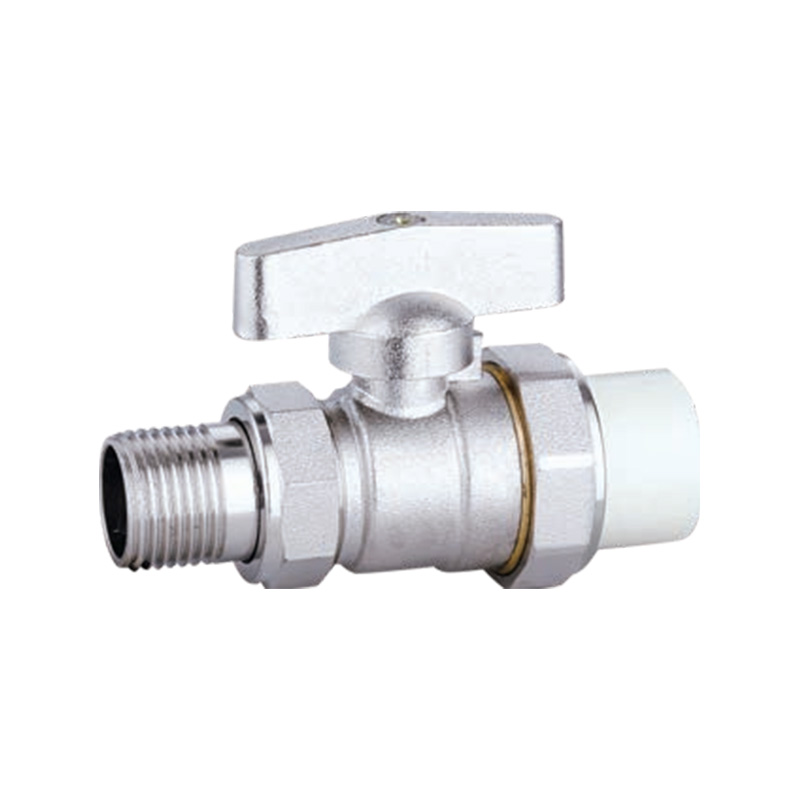Underfloor Heating Accessories: Commonly Used Materials
Underfloor heating systems provide efficient and comfortable warmth by distributing heat evenly across a floor surface. To ensure proper performance and long-term durability, these systems rely on a variety of accessories, including pipes, manifolds, insulation boards, fittings, and fasteners. Each Underfloor Heating Accessories Sales is made from materials chosen to withstand heat, moisture, and mechanical stress while maintaining safety and efficiency. Understanding the materials commonly used in underfloor heating accessories helps homeowners, installers, and designers select the right components for reliable installation.

Piping Materials
The pipes in underfloor heating systems form the core of the heat distribution network. The choice of material affects flexibility, thermal conductivity, and lifespan.
Cross-linked polyethylene (PEX): PEX is widely used due to its flexibility, durability, and resistance to heat and chemical corrosion. Its cross-linked structure allows for expansion and contraction without cracking, making it ideal for underfloor heating installations. PEX pipes are lightweight and easy to install, reducing labor time during setup.
Polybutylene (PB): PB pipes are another thermoplastic option, offering heat resistance and mechanical strength. They are flexible and less prone to cracking, suitable for both residential and commercial systems. PB has good chemical resistance, which helps maintain long-term reliability.
Multilayer composite pipes (PEX-AL-PEX): These pipes combine a layer of aluminum between PEX layers, improving dimensional stability and reducing expansion under heat. The metal layer also enhances oxygen barrier properties, preventing corrosion in connected metal components. This combination provides the benefits of both flexibility and structural stability.
Polyethylene raised temperature (PE-RT): PE-RT pipes can operate at higher temperatures than standard polyethylene, offering good heat resistance and flexibility. Their long-term stability and resistance to scaling make them suitable for underfloor heating systems.
These piping materials are selected to ensure even heat distribution, compatibility with heating fluids, and long-lasting performance.
Insulation and Structural Materials
Underfloor heating systems require proper insulation and support to maximize energy efficiency and ensure safe operation.
Expanded polystyrene (EPS) boards: EPS insulation boards are lightweight and provide effective thermal resistance. They prevent heat loss into the subfloor, directing warmth upward toward the room. EPS boards are easy to cut and shape, making installation efficient.
Extruded polystyrene (XPS) boards: XPS boards are denser than EPS, offering higher compressive strength. They are suitable for areas with heavier loads or commercial spaces, providing both insulation and structural support.
Foil-faced insulation: Some systems include reflective foil layers on insulation boards. This layer improves heat distribution by reflecting warmth upward and provides a moisture barrier to protect the subfloor.
Concrete or screed overlays: In many installations, a thin layer of concrete or screed encases the heating pipes, ensuring heat is evenly spread and providing stability. These materials must be compatible with the pipe material and resist cracking during thermal expansion.
Proper selection of insulation and overlay materials enhances energy efficiency and ensures consistent performance of the underfloor heating system.
Connector and Fastening Materials
Accessories that connect and secure the system components are equally important for overall durability and efficiency.
Brass and stainless steel fittings: Manifolds, elbows, and connectors are often made from brass or stainless steel. These metals resist corrosion, handle high temperatures, and provide reliable sealing for fluid circulation.
Plastic clips and anchors: Fastening accessories, including pipe clips and anchors, are typically made from durable plastics such as polypropylene or polyamide. These materials resist heat and moisture while securing pipes in place.
Rubber or silicone seals: O-rings and gaskets are made from heat-resistant rubber or silicone to maintain leak-free connections. These seals are flexible and resilient, ensuring a tight fit even under thermal cycling.
Using quality connectors and fasteners ensures the system operates without leaks, maintains water pressure, and supports easy maintenance when needed.



 English
English русский
русский Español
Español عربى
عربى


